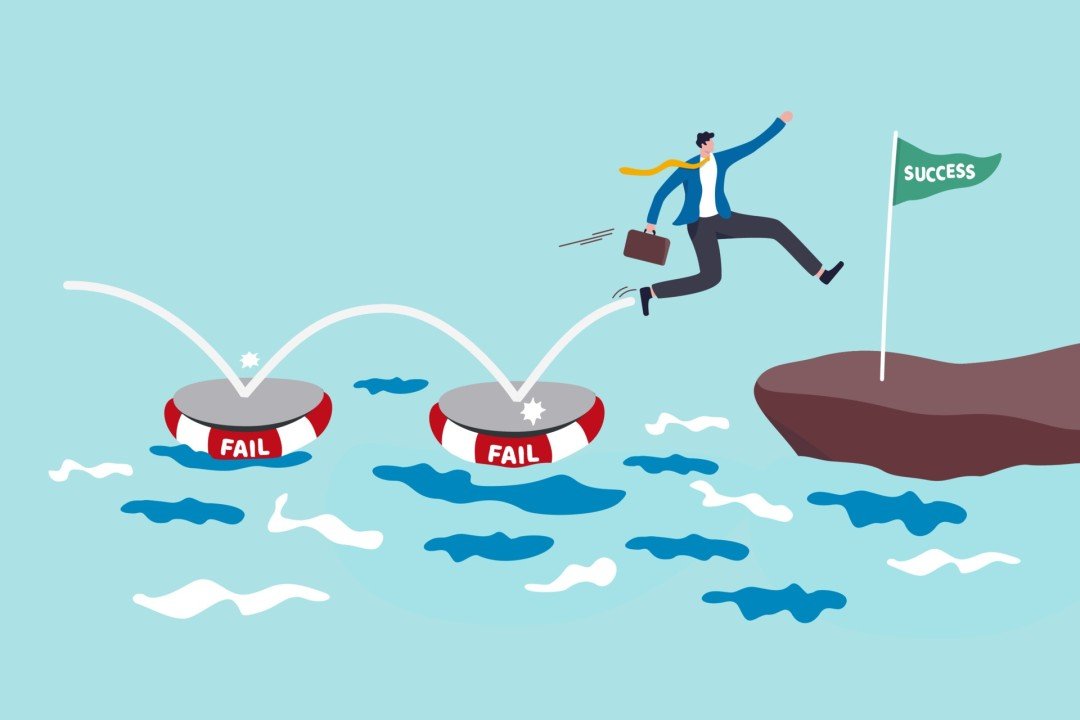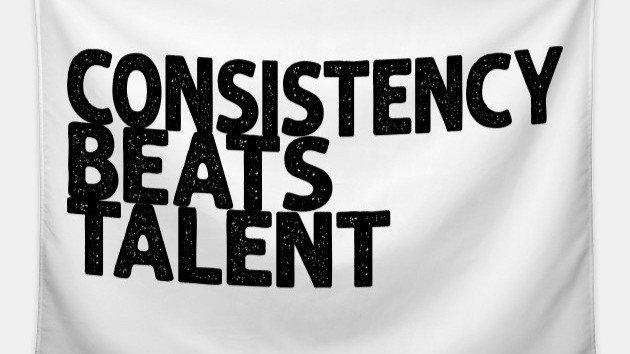Why Failing Is Part of Self-Development and How to Bounce Back

Failure. The very word can send a shiver down the spine. We’re taught from a young age to avoid it—to fear red marks on a test, lost opportunities, or rejected applications. But the truth is, failure isn’t just inevitable on the path to growth—it’s essential. It carves out the raw terrain where resilience, insight, and character are born.
Let’s explore why failure is a vital part of self-development—and how you can rise stronger each time you stumble.
1. Failure Teaches What Success Can’t
In 2010, Sara Blakely, the founder of Spanx, was named the world’s youngest self-made female billionaire. But growing up, her father would ask her and her brother every evening at dinner, “What did you fail at this week?” If they had nothing to report, he’d express disappointment—not because they didn’t succeed, but because they didn’t try anything new.
Blakely credits this unusual tradition for her fearless attitude toward failure. To her, failure wasn’t the end—it was proof of effort and an invitation to learn.
Every failure—whether it’s a botched presentation, a lost job, or a strained relationship—provides a wealth of feedback. It tells you what didn’t work, what you need to change, and sometimes, what you truly value.
Reflection tip: After a failure, ask yourself:
-
What did I learn?
-
What would I do differently?
-
What strengths did I discover in myself during the process?
2. Failure Builds Resilience
J.K. Rowling’s story is a powerful testament to resilience. Before Harry Potter became a global phenomenon, she faced divorce, poverty, and depression. Her manuscript was rejected by 12 publishers. Many would have stopped trying. She didn’t.
Every “no” she received only thickened her skin. The failure didn’t just teach her how to cope with rejection—it strengthened her belief in her story.
Resilience is like a muscle—it grows with use. Failing forces you to sit with discomfort, disappointment, and doubt. And each time you get back up, you strengthen that muscle.
Bouncing back strategy: Treat setbacks as part of the training ground. If you’re not failing occasionally, you’re probably not stretching your limits.
3. Failure Clarifies What Truly Matters
Sometimes, failure redirects you. It tells you that the ladder you were climbing might’ve been leaning on the wrong wall.
Consider a corporate executive who spends years chasing promotions, only to burn out and feel hollow at the top. A health scare—or getting fired—might feel like failure. But that moment of collapse could be the wake-up call that helps them realize their values were misaligned.
Failure forces introspection. It shakes your assumptions and helps you reconnect with your purpose.
Pause & realign: Ask, Was this goal truly mine? Or was I chasing someone else’s version of success?
4. Failure Makes You Humble—And Human
Have you ever felt more connected to someone after they shared a mistake or vulnerability?
That’s because failure strips away the illusion of perfection. It reveals our common humanity. When we embrace our failures, we also give others permission to be imperfect—and that opens the door to deeper relationships, better teamwork, and a more compassionate view of ourselves.
Perspective shift: Failure isn’t a personal flaw—it’s part of being human. No one becomes great without first being... not-so-great.
How to Bounce Back from Failure: A Simple Framework
1. Feel It
Don’t rush to “be positive.” Allow yourself to feel the sting. Grieve the loss. Be honest about the disappointment. Suppressing emotions doesn’t help—they tend to resurface later in more damaging ways.
“You can’t heal what you don’t allow yourself to feel.”
2. Own It (Without Shame)
Take responsibility, not blame. Look at what was within your control and what wasn’t. Own your part, but don’t make it your identity.
“I failed at that project” is very different from “I’m a failure.”
3. Learn and Apply
Document what the experience taught you. Use it to refine your approach, decisions, or strategy. Failure without reflection is just pain; failure with reflection becomes fuel.
4. Share Your Story
Talk about it. You might help someone else avoid the same mistake—or give them the courage to try. Vulnerability builds community.
5. Try Again (Smarter)
When you're ready, take another shot. But this time, do it with the wisdom your failure gave you.
Finally
You are not defined by your failures—but you are shaped by how you respond to them. Every great artist, inventor, entrepreneur, athlete, or leader has a trail of missteps behind their milestones. What set them apart wasn't perfection—it was the willingness to fail forward.
So the next time failure knocks you down, don’t just get back up. Get back up wiser. Because failure isn’t the opposite of success—it’s the path to it.






